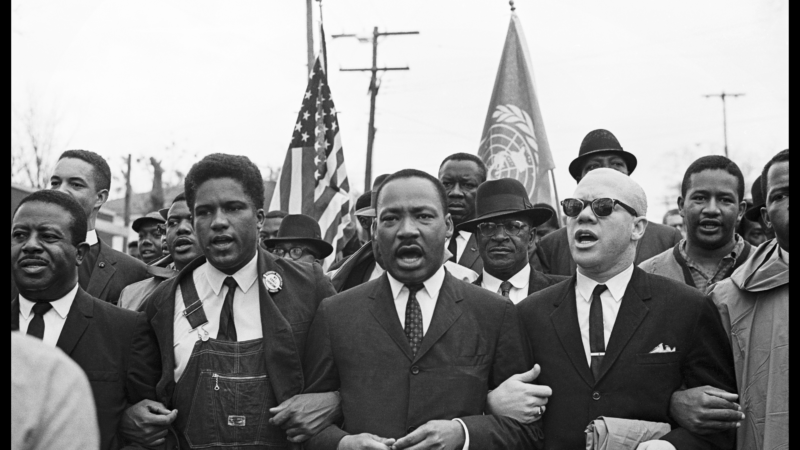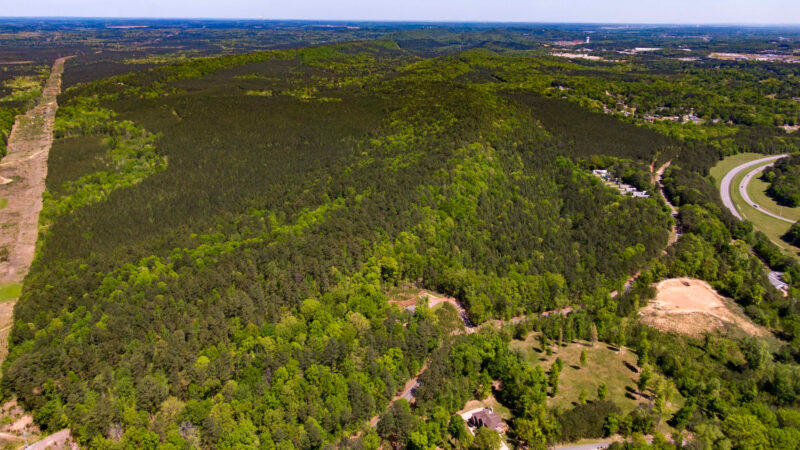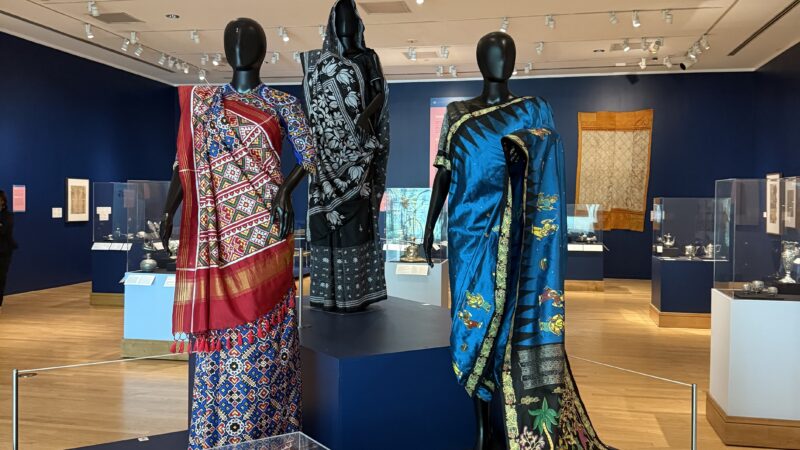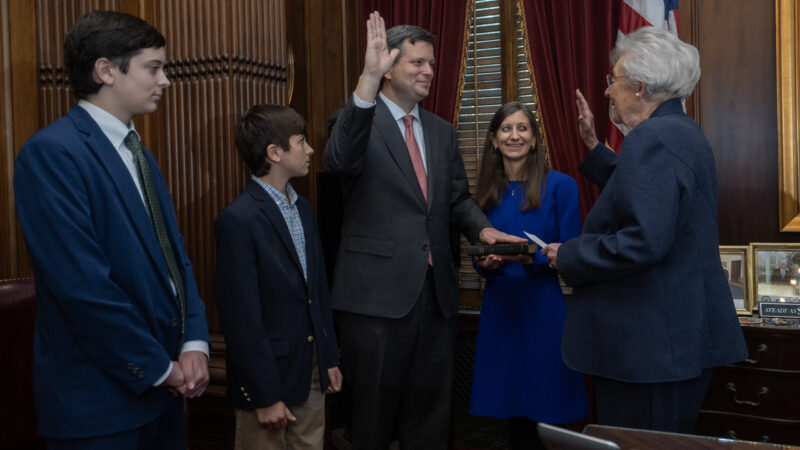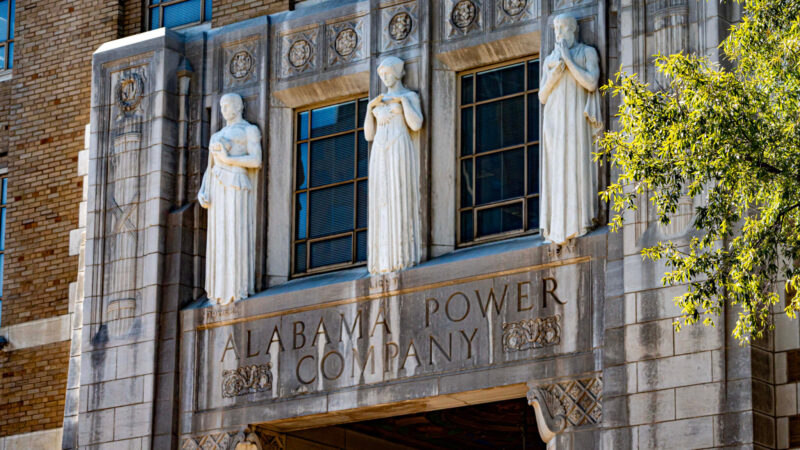Newly restored photos show the ruin of ‘Bloody Sunday’ in Selma on its 60th anniversary
A woman laid out in the street, unconscious. Troopers lined up, armed with batons. A telegram from Massachusetts reacting to the violence.
As a twentysomething freelance journalist at the Birmingham News, James “Spider” Martin was tasked with capturing these moments with his camera, after state troopers shot and killed civil rights activist Jimmie Lee Jackson in Marion, Ala.
His death led to protests that went on for weeks, and culminated on March 7, 1965. That day became known as “Bloody Sunday,” when activists attempted to peacefully march across the Edmund Pettus Bridge in Selma, while on their way to Montgomery, the state’s capital. They were confronted by law enforcement, who attacked 600 of the protesters using billy clubs and tear gas.
Martin snapped thousands of pictures in the days after Jackson’s death, several of which gained national prominence and helped raise Americans’ awareness of the calamities of the 1960s civil rights movement.
Much of his archive from those monumental Selma protests have been newly restored and is now on display at The Montgomery Museum of Fine Arts, in time for the 60th anniversary of Bloody Sunday. The images are also being commemorated in a book, Selma Is Now.
“Bloody Sunday changed my father, both as a man and human being, and it opened his eyes to the depth of the struggle for equal rights for African Americans in a profoundly urgent way,” his daughter, Tracy Martin, says in the book. “It was during that terrifying day at that bridge that he dedicated himself to covering the march for the duration, however long it took.”




(Spider Martin | Briscoe Center for American History)






(Spider Martin | Briscoe Center for American History)

A proposed Bessemer data center faces new hurdles: a ‘road to nowhere’ and the Birmingham darter
With the City Council in Bessemer scheduled to vote Tuesday on a “hyperscale” data center, challenges from an environmental group and the Alabama Department of Transportation present potential obstacles for the wildly unpopular project.
Birmingham Museum of Art’s silver exhibit tells a dazzling global story
Silver and Ceremony is made up of more than 150 suites of silver, sourced from India, and some of their designs.
Mentally ill people are stuck in jail because they can’t get treatment. Here’s what’s to know
Hundreds of people across Alabama await a spot in the state’s increasingly limited facilities, despite a consent decree requiring the state to address delays in providing care for people who are charged with crimes but deemed too mentally ill to stand trial. But seven years since the federal agreement, the problem has only worsened.
Ivey appoints Will Parker to Alabama Supreme Court
Parker fills the court seat vacated by Bill Lewis who was tapped by President Donald Trump for a federal judgeship. The U.S. Senate last month confirmed Lewis as a U.S. district judge.
How Alabama Power kept bills up and opposition out to become one of the most powerful utilities in the country
In one of the poorest states in America, the local utility earns massive profits producing dirty energy with almost no pushback from state regulators.
No more Elmo? APT could cut ties with PBS
The board that oversees Alabama Public Television is considering disaffiliating from PBS, ending a 55-year relationship.

